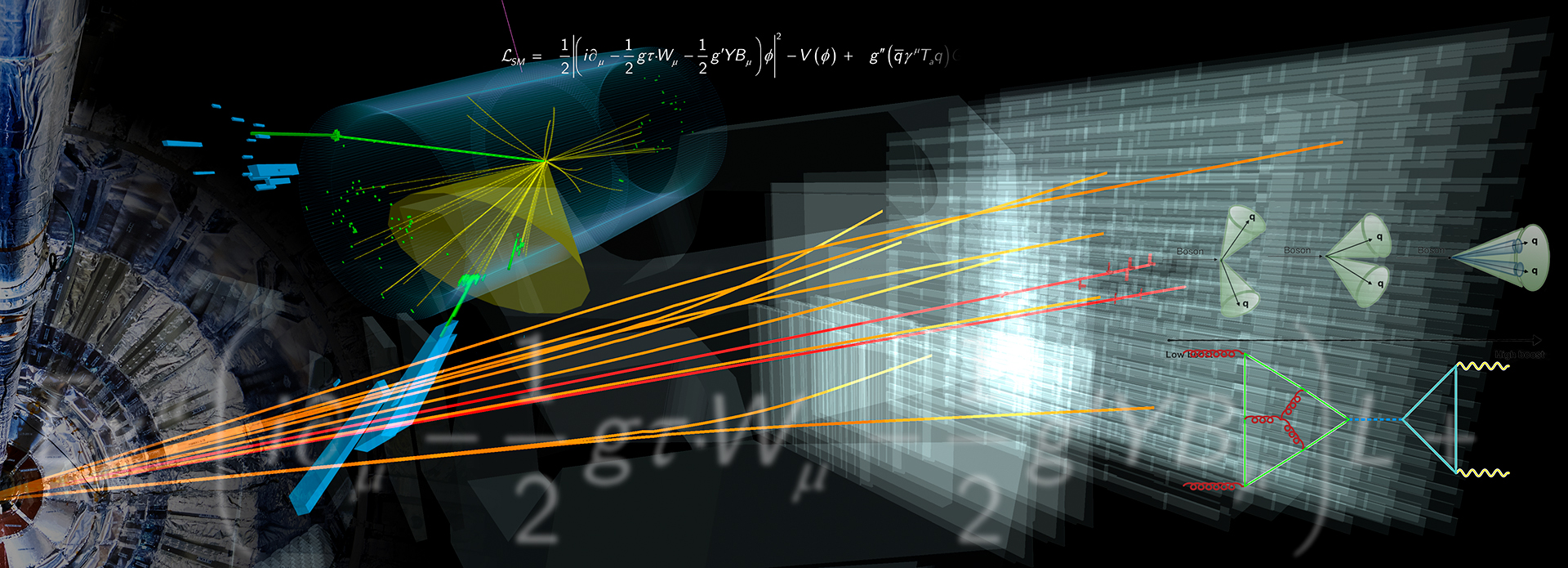D1: Numerical calculations of two-loop amplitudes with many mass scales
| Principal Investigator | |
|---|---|
| Prof. Gudrun Heinrich | Karlsruhe Institute of Technology |
Subject
Processes involving the Higgs boson and top quarks are highly relevant for the upcoming phases of LHC measurements, however progress in high precision predictions is hampered by the presence of too many mass scales to calculate the corresponding integrals analytically.
An example is the production of a massive vector boson in association with a Higgs boson, in particular ZH production, which is the favourite channel to measure the H→bˉb branching ratio to access the Yukawa coupling to bottom quarks. Such a measurement is performed in the boosted region, with Higgs boson transverse momenta above pHT≳150GeV. The loop-induced gluon-initiated contributions enter at NNLO considering the pp→VH process. Due to the dominance of the gluon PDFs at the LHC they are however sizeable and can be of the order of 10\% in the boosted Higgs boson regime. In this regime the mt→∞ approximation is invalid.
Another example is the calculation of NNLO QCD corrections to 3-particle final states. The process tˉtH is particularly interesting due to its direct sensitivity to the top-Yukawa coupling yt. However the NLO QCD scale uncertainties are of the order of 10-15\%. An analytic calculation of pp→tˉtH at NNLO calculation does not seem feasible with current technology. However, a numerical approach to the two-loop amplitudes based on novel reduction methods and planned developments of the program pySecDec seems in reach.
Research Topics
- calculation of the two-loop amplitude for gg→ZH including top quark loops
- combination with full other subprocesses to obtain full NNLO predcitions for pp→ZH production, phenomenological studies
- numerical calculation of the two-loop amplitudes entering pp→tˉtH production at NNLO
- further development of the program pySecDec
